Images de Tunisie
Images de Tunisie reclaims and recontextualizes archival footage from 1940s newsreels produced by Les Actualités Françaises, and combines it with new footage filmed at the same vernacular architecture sites in the Berber villages of southern Tunisia.
These 1940s black-and-white documentaries were created to serve French propaganda in and about the colonised countries of North Africa, including Tunisia. Ben Slimane explains: ‘The title of the film comes from the ethnographic documentary filmed by Georges Barrois, Images de Tunisie (1946), which interested me because of its ability to create images and shape narratives. I went back to the sites presented in the archive films to reappropriate the scenes from a personal point of view, using a hand-held camera. "
The film functions as a counter-ethnography. Navigating between archive documents and personal images, an interaction unfolds. This interaction becomes the keystone of the film, transforming it into a commentary on the evolution of the medium of cinema, illustrating its ability to redefine narratives.
Produced by Zaha Hadid Foundation.






We Knew How beautiful They Were, These Islands
A dark and enigmatic ritual in which a solitary figure moves through a desert burial ground. The objects left behind speak their own silent language.
A lone figure digs a grave in the dead of night. With no dialogue – and no sound other than the wind, the crackling of a fire and the scrape of a shovel against dry earth – we are confronted with a dark and mysterious, possibly cursed, universe where every object seems haunted by a meaning we barely sense, but which seem to confirm our anxieties. The head of an old doll, a comb, a lipstick. Relics whose silent language speaks of the end of their former owners. At sea, in the desert. Younes Ben Slimane’s disturbingly beautiful and melancholic imagery is bathed in darkness and in a golden chiaroscuro, lit only by the stars and the lone grave diggers’ headlamps.
A lone figure digs a grave in the dead of night. With no dialogue – and no sound other than the wind, the crackling of a fire and the scrape of a shovel against dry earth – we are confronted with a dark and mysterious, possibly cursed, universe where every object seems haunted by a meaning we barely sense, but which seem to confirm our anxieties. The head of an old doll, a comb, a lipstick. Relics whose silent language speaks of the end of their former owners. At sea, in the desert. Younes Ben Slimane’s disturbingly beautiful and melancholic imagery is bathed in darkness and in a golden chiaroscuro, lit only by the stars and the lone grave diggers’ headlamps.
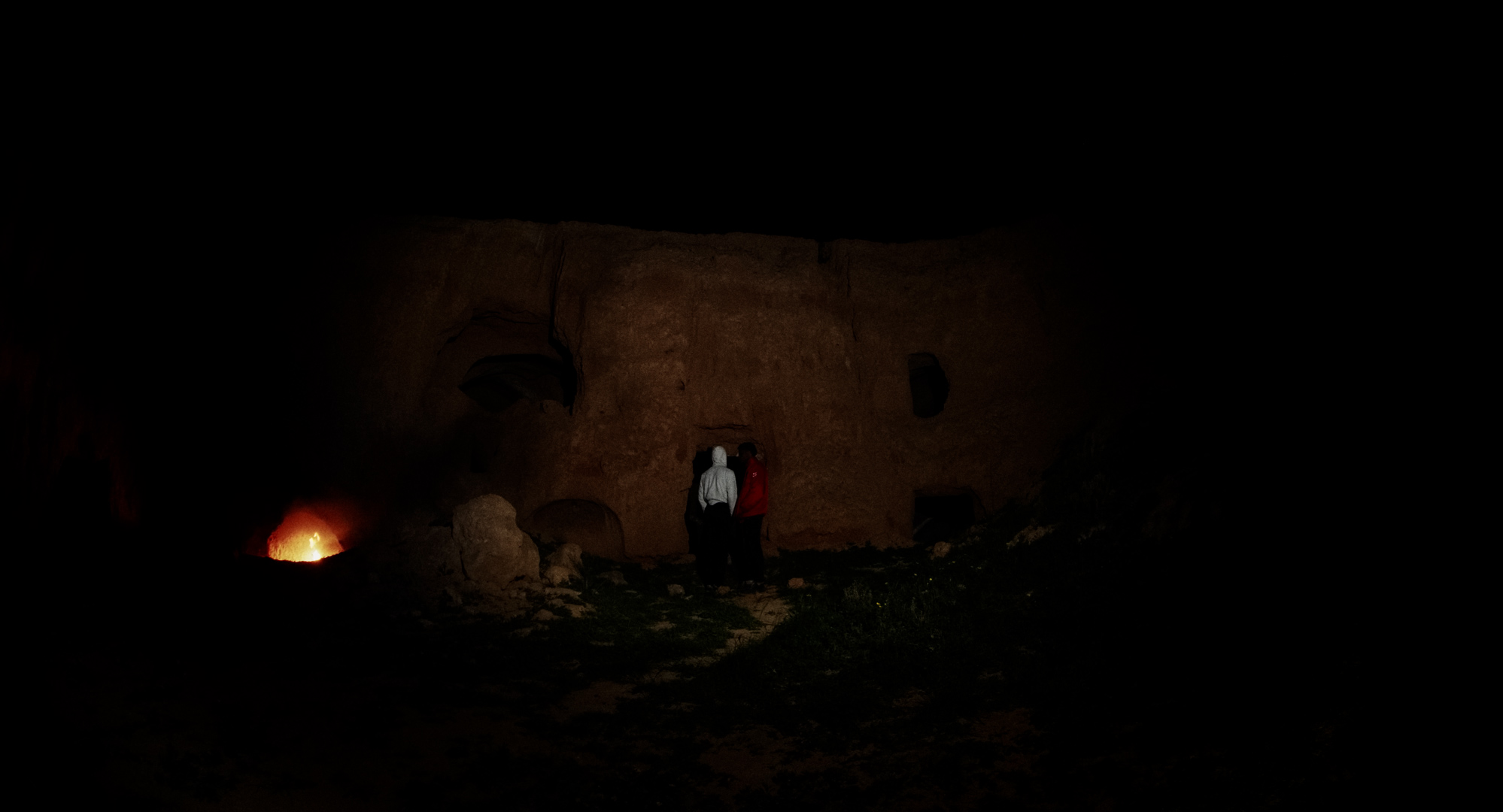

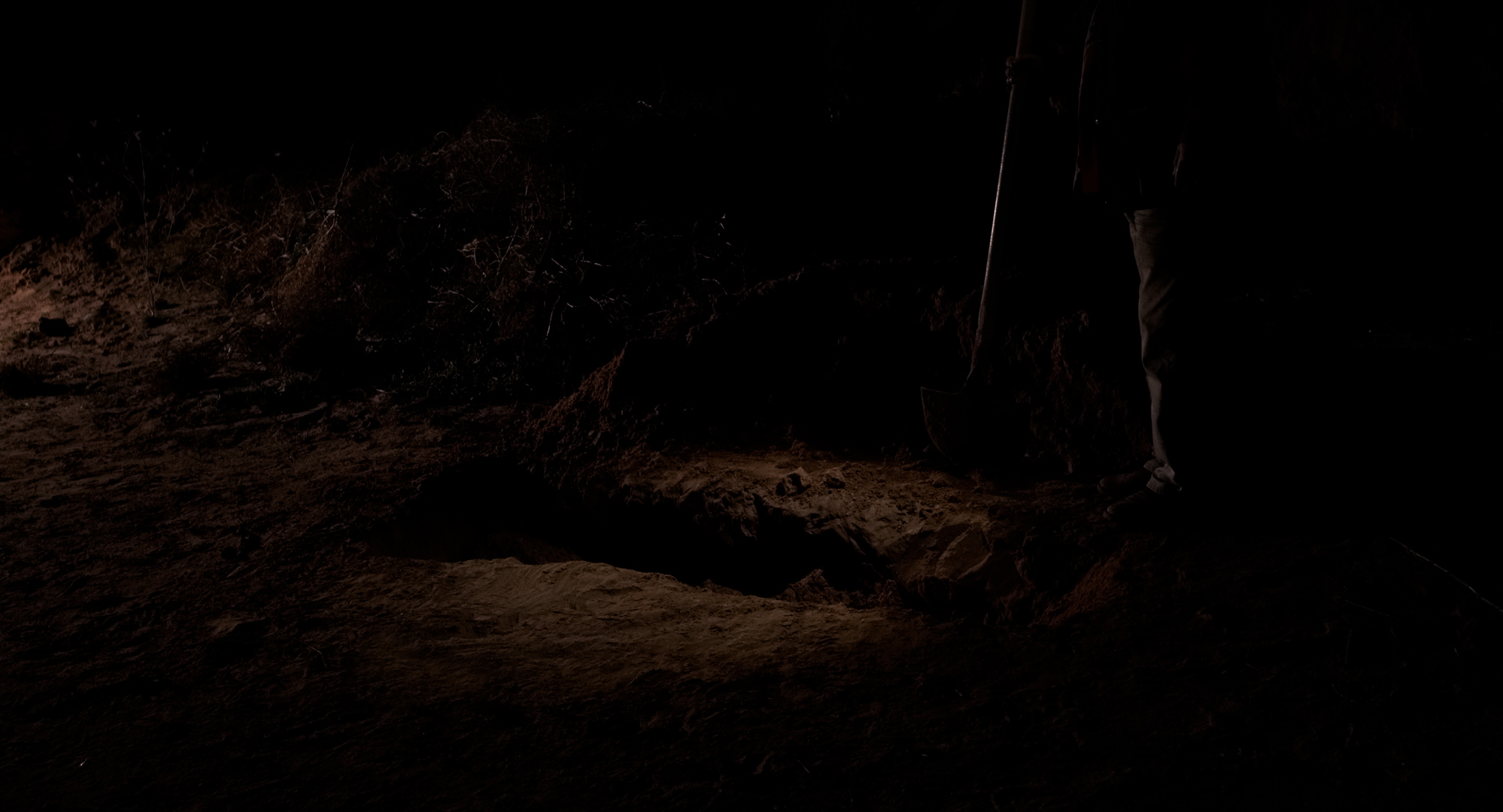
This film is production of
Le Fresnoy - Studio national des arts contemporains (FR)
and Inside Productions (TN)
With the support of Institut français de Tunisie and the Agency for Heritage Development and Cultural Promotion, Tunisia (AMVPPC).
WORLD PREMIERE
- CPH:DOX, New Vision competition, Copenhaguen, Denmark
SELECTED FESTIVALS
-Dokufest, Prizren, Kosovo.
-Kinemastik International Short Film Festival, Malta.
-SPEAKERS FOR THE DEAD , kunstencentrum BUDA, Courtrai, Belgium
-Festival dei Popoli, Florence, international competition
-Kasseler Dokfest, Kassel, Germany, Nomination for the Golden Key.
AWARDS
StudioCollector Prize
VFF YOUNG TALENT AWARD, by The German Royalty Collecting Company of Film & TV Producers Ltd, Filmschool Fest Munich, Germany
Loop Barcelona Prize
The Acquisition Prize MACBA-Museu d'Art Contemporani de Barcelona, Spain
Distribution: Natalia Trebik
NTrebik@lefresnoy.net
Le Fresnoy - Studio national des arts contemporains (FR)
and Inside Productions (TN)
With the support of Institut français de Tunisie and the Agency for Heritage Development and Cultural Promotion, Tunisia (AMVPPC).
WORLD PREMIERE
- CPH:DOX, New Vision competition, Copenhaguen, Denmark
SELECTED FESTIVALS
-Dokufest, Prizren, Kosovo.
-Kinemastik International Short Film Festival, Malta.
-SPEAKERS FOR THE DEAD , kunstencentrum BUDA, Courtrai, Belgium
-Festival dei Popoli, Florence, international competition
-Kasseler Dokfest, Kassel, Germany, Nomination for the Golden Key.
AWARDS
StudioCollector Prize
VFF YOUNG TALENT AWARD, by The German Royalty Collecting Company of Film & TV Producers Ltd, Filmschool Fest Munich, Germany
Loop Barcelona Prize
The Acquisition Prize MACBA-Museu d'Art Contemporani de Barcelona, Spain
Distribution: Natalia Trebik
NTrebik@lefresnoy.net
Fire keepers

"It may have been philosophy's first absolute metaphor when Heraclitus described thinking as fire, not only because fire, for him, was the divine element but because it has the property of constantly taking up what is foreign & transforming it into itself”
Hans Blumenberg Shipwreck with a Spectator
In “Fire Keepers” Younes Ben Slimane explores the complexity of Tunisian reality through fire in its constant mutability and transformative power, this crucial element is thoroughly examined in its metaphorical dimension, as a symbol of resistance throughout the mythical and real history of the country, but also in its actuality as the main protagonist of this project and the “the symptom of a profoundly upsetting political and social situation”.
This ontological investigation will be carried through a video, a model of the Punic port in salt and several drawings using the transfer technique. For the video Younes turned into a Cyber wanderer retrieving footage shot by protesters during the demonstrations which marked the 10 years anniversary of the revolution, pixelized and almost indecipherable. Blocs of salt form the small-scale Punic port, a very frail and delicate material whose handling demands a lot of finesse and dexterity. The same element used by the Romans following the conquest of Carthage that they burned and covered with salt to prevent its fertile lands from ever bearing fruit The drawings track the imprints of the revolution on burned walls, Younes collected the dusty ahes of these walls to make the transfers and create the final drawings. These attributes were highly coveted by the artist who turned the frailty of his chosen artistic mediums into a commentary on the fragility of life, art, and our perception of reality.
Despite the presence of the spectre of destruction in “Fire Keepers”, regeneration and renewal take precedence in this project which is cathartic not only for the artist but for a whole nation seeking to make peace with demons past and present.
Hans Blumenberg Shipwreck with a Spectator
In “Fire Keepers” Younes Ben Slimane explores the complexity of Tunisian reality through fire in its constant mutability and transformative power, this crucial element is thoroughly examined in its metaphorical dimension, as a symbol of resistance throughout the mythical and real history of the country, but also in its actuality as the main protagonist of this project and the “the symptom of a profoundly upsetting political and social situation”.
This ontological investigation will be carried through a video, a model of the Punic port in salt and several drawings using the transfer technique. For the video Younes turned into a Cyber wanderer retrieving footage shot by protesters during the demonstrations which marked the 10 years anniversary of the revolution, pixelized and almost indecipherable. Blocs of salt form the small-scale Punic port, a very frail and delicate material whose handling demands a lot of finesse and dexterity. The same element used by the Romans following the conquest of Carthage that they burned and covered with salt to prevent its fertile lands from ever bearing fruit The drawings track the imprints of the revolution on burned walls, Younes collected the dusty ahes of these walls to make the transfers and create the final drawings. These attributes were highly coveted by the artist who turned the frailty of his chosen artistic mediums into a commentary on the fragility of life, art, and our perception of reality.
Despite the presence of the spectre of destruction in “Fire Keepers”, regeneration and renewal take precedence in this project which is cathartic not only for the artist but for a whole nation seeking to make peace with demons past and present.


All come from dust
All Come from Dust is a tribute to the cycles of life and the power of rebirth, as seen through the lens of an ancient craft that has stood the test of time.
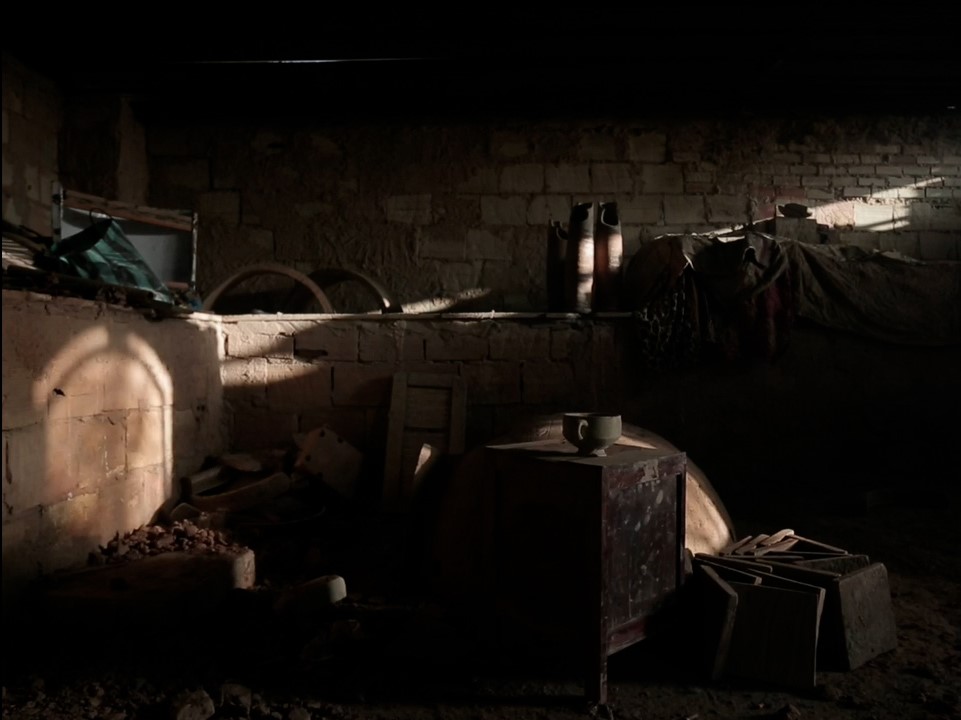
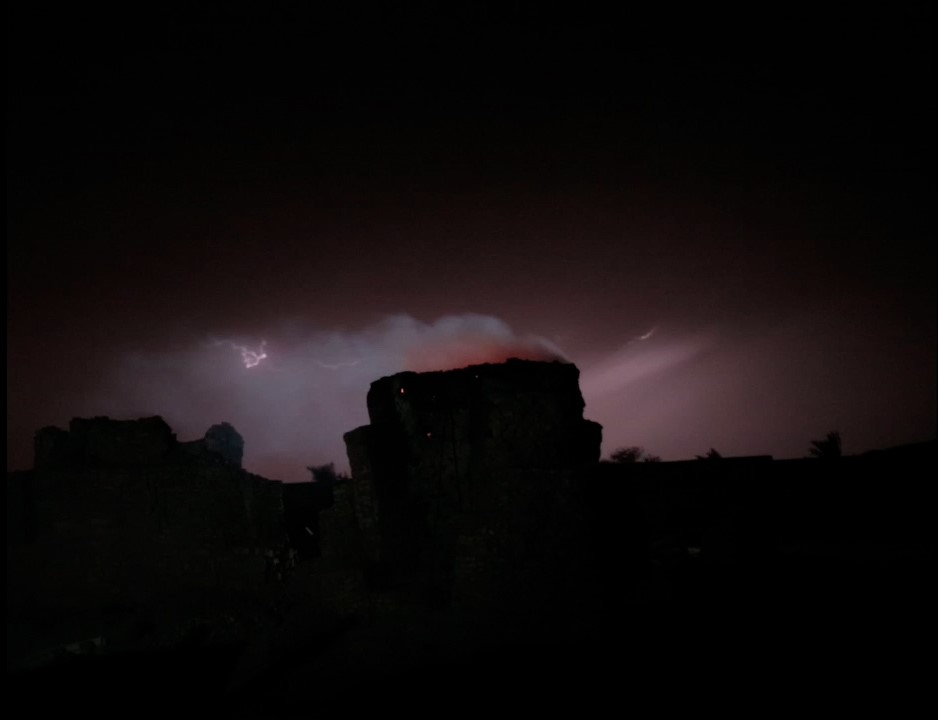


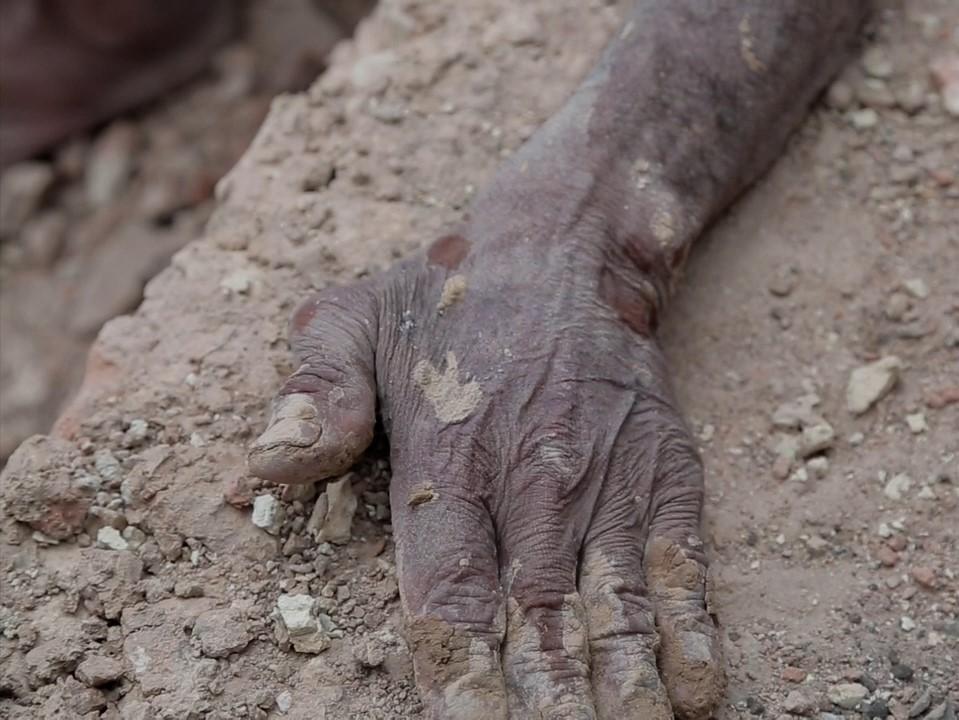
Selected Festivals//
Locarno Film Festival, official competition, Pardi di domani, Locarno, Switzerland
Carthage Film Festival, official competition, Tunis, Tunisia
Clermont-Ferrand International Short Film Festival, France
Pravo Ljudski Film Festival, Sarajevo, Bosnia and Herzegovina
Saint-Louis Documentary Film Festival, Saint Louis, Senegal
Toronto Arab Film,
International Experimental Film & Video Festival, Zürich,witzerland
Alfilm Festival, Berlin, Germany
Locarno Film Festival, official competition, Pardi di domani, Locarno, Switzerland
Carthage Film Festival, official competition, Tunis, Tunisia
Clermont-Ferrand International Short Film Festival, France
Pravo Ljudski Film Festival, Sarajevo, Bosnia and Herzegovina
Saint-Louis Documentary Film Festival, Saint Louis, Senegal
Toronto Arab Film,
International Experimental Film & Video Festival, Zürich,witzerland
Alfilm Festival, Berlin, Germany
mano destra, mano sinistra
Through a poetic examination of the infinitesimal faint creases of the palm and the laborious granite extraction, this film is an intimate exploration of the archeology of the hand using the line a metaphor of time and its traceability.
